January 2025
COLUMNS
Drilling advances: How to make the pie bigger
Continuing with the story from prior columns, we are looking at U.S. drilling activity to see how drilling performance has changed over the last few years and what it might say about how we can advance drilling even further.


